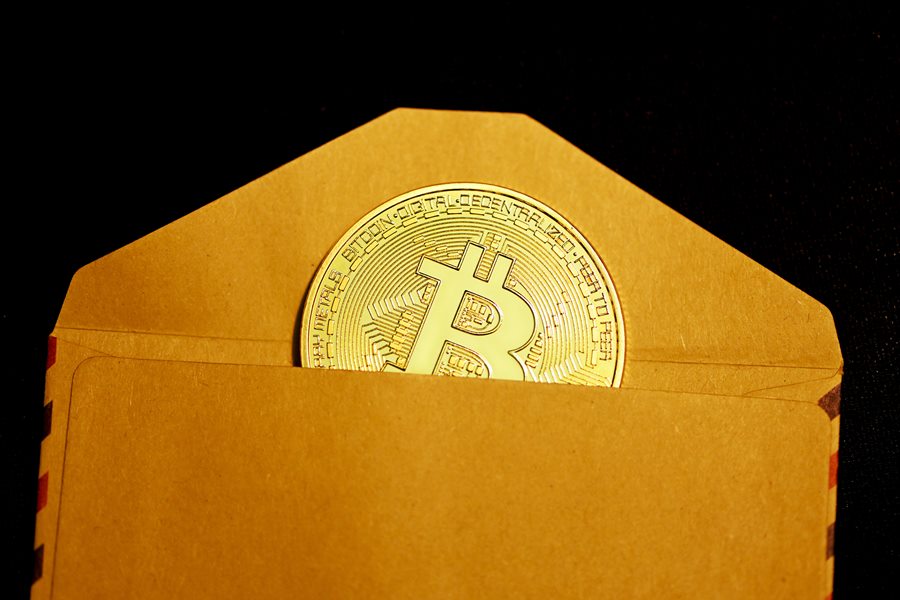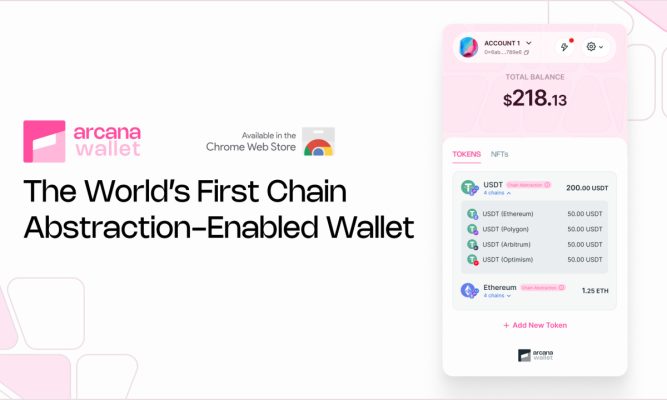If you’ve been around long enough, you have probably noticed how some claim that about 20-25% of BTC is missing or no longer accessible. But what does this mean exactly? Do people buy bitcoin with Paybis and then lose it by mistake? Is that even possible?
For one, when a bitcoin becomes inaccessible, it simply means that no one can access it on the blockchain. In this case, the BTC is effectively taken out of circulation which makes the remaining supply more scarce. There are many ways this can happen and, while it is not a pleasant situation for the person who loses their funds, the Bitcoin network benefits as a whole.
So let’s explain why and how a large portion of BTC has become inaccessible, by looking at the most common reasons.
1. Death or Loss of Access
There are many subcategories that fit into this option, but essentially, coins become inaccessible when their owners can no longer access their wallet. The most common ways in which this happens is:
- The owner of a large wallet dies and has not left a will or a copy of their keys to a close person.
- The owner of a wallet loses access to the wallet (no backup phrase, or other reason).
To avoid both of these situations, companies are not creating multisig wallets, which essentially means that several people hold a private key which, when combined, opens the wallet. To access a multisig wallet, the majority of key holders need to come together (e.g. 5 of 7) and input their keys. This way, whether one of the holders is no longer alive or simply lost access to their funds, the wallet can still be used.
2. Hacks and Cyber Attacks
While cyber attacks are no longer as big of a deal as they were in the past, we still occasionally see large heists of money from exchange. The latest, which occurred just a few months ago, was the hack of Africrypt, which cost investors a total of 69.000 stolen bitcoin. So what exactly happens to these bitcoins?
While hackers can access them, exchanges have come together to ensure that they can not be sold for FIAT currency, by tainting them accordingly. Authorities then track the coins as they move between wallets, hoping that they will eventually be sent to a whitelisted address that has passed KYC. By doing this they can backtrack the transactions and find the criminals responsible for the attack.
Since tainted coins cannot be sold on exchanges, they are effectively worthless. While some hackers have found ways to “clean” the coins through methods like mixing and tumbling, most are considered to be no longer usable.
3. Coins Sent to Burner Addresses
While this is not so popular with Bitcoin, we have seen such practises occur with many other cryptocurrencies. One of the most popular incidents was the recent transaction of SHIB that Vitalik Buterin performed, sending 90% of his stack to a burner address to forfeit any form of responsibility.
When sending coins to a burner address, you essentially send them to a wallet that no one has access to, thus “burning” the coins. When it comes to Bitcoin, most believe that this is exactly what Satoshi Nakamoto did with the first 1.000.000 BTC that were mined, as they are still in their wallet 12 years later. Hal Finney, who was suspected to be Satoshi, also mentioned in a forum post the possibility that we may only have 20 million coins left:
“Imagine that Bitcoin is successful and becomes the dominant payment system in use throughout the world. Then the total value of the currency should be equal to the total value of all the wealth in the world. Current estimates of total worldwide household wealth that I have found range from $100 trillion to $300 trillion. With 20 million coins, that gives each coin a value of about $10 million.”
Did he know something that we don’t? In any case, if 1 million coins is indeed sent to a burner address, the price of bitcoin will only benefit from it.
Keep in Mind – Some Is Not Yet Mined
Aside from coins that have become inaccessible throughout the years, there are also coins that are not “yet” accessible. There are a little less than 3 million coins still left to be mined, and, based on estimations, they will not enter circulation until 2104. This is due to the bitcoin halvings which occur every 4 years.
The current rate of new BTC production is 900 coins per day, and that number will be sliced in half in 2024. Overal, the number is large enough to make it worthwhile for miners to do their job effectively and small enough to ensure that demand catches up as BTC is headed toward becoming a dominant global currency.
Featured image: Unsplash.com



